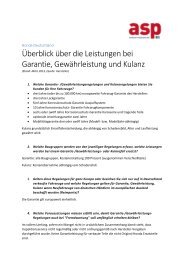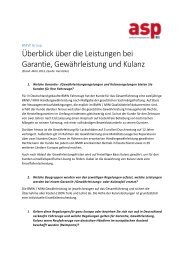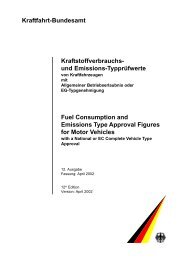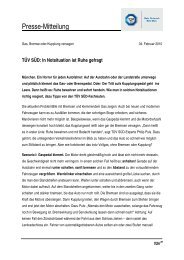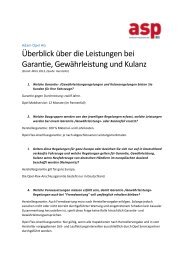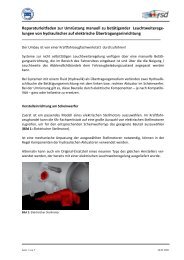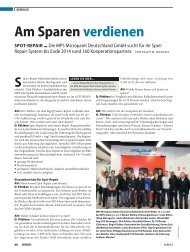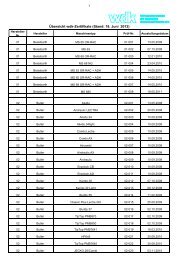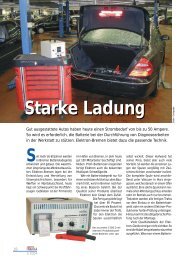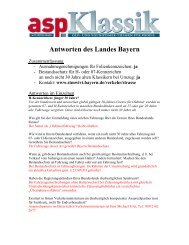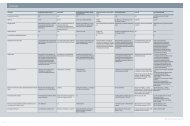Manual_M50LTAT-52 - Auto Service Praxis
Manual_M50LTAT-52 - Auto Service Praxis
Manual_M50LTAT-52 - Auto Service Praxis
Create successful ePaper yourself
Turn your PDF publications into a flip-book with our unique Google optimized e-Paper software.
• observe the safety area during lifting;<br />
• be sure the engine of the vehicle is switched off, the gear engaged and the parking brake put<br />
on;<br />
• be sure only authorized vehicles are lifted without exceeding the maximum lifting capacity;<br />
• verify that no one is on the platforms during lifting or standing.<br />
6.2 RISKS DURING VEHICLE LIFTING<br />
To avoid overloading and possible breaking, the following safety devices have been used:<br />
• a maximum pressure valve placed inside the hydraulic unit to prevent excessive weight being<br />
lifted;<br />
• a special design for the hydraulic system, in case of pipeline failure, to prevent sudden lift<br />
lowering.<br />
6.3 RISKS FOR PEOPLE<br />
Risks the personnel could run, due to an improper use of the lift, are described in this section.<br />
6.4 PERSONNEL CRUSHING RISKS<br />
During lowering of runways and vehicles, personnel must not be within the area covered by the<br />
lowering trajectory. The operator must be sure no one is in danger before operating the lift.<br />
6.5 BUMPING RISKS<br />
Fig. 17a Fig. 17b Fig. 17c<br />
When the lift is stopped at a relatively low height for<br />
working, the risk of bumping against or into projecting<br />
parts occurs<br />
Fig. 18<br />
6.6 RISK OF THE VEHICLE FALLING FROM THE LIFT<br />
Vehicle falling from the lift can be caused when the vehicle is improperly placed on the platforms,<br />
and when its dimensions are incompatible with the lift or by excessive movement of the vehicle. In<br />
this case, keep away from the immediate working area.



